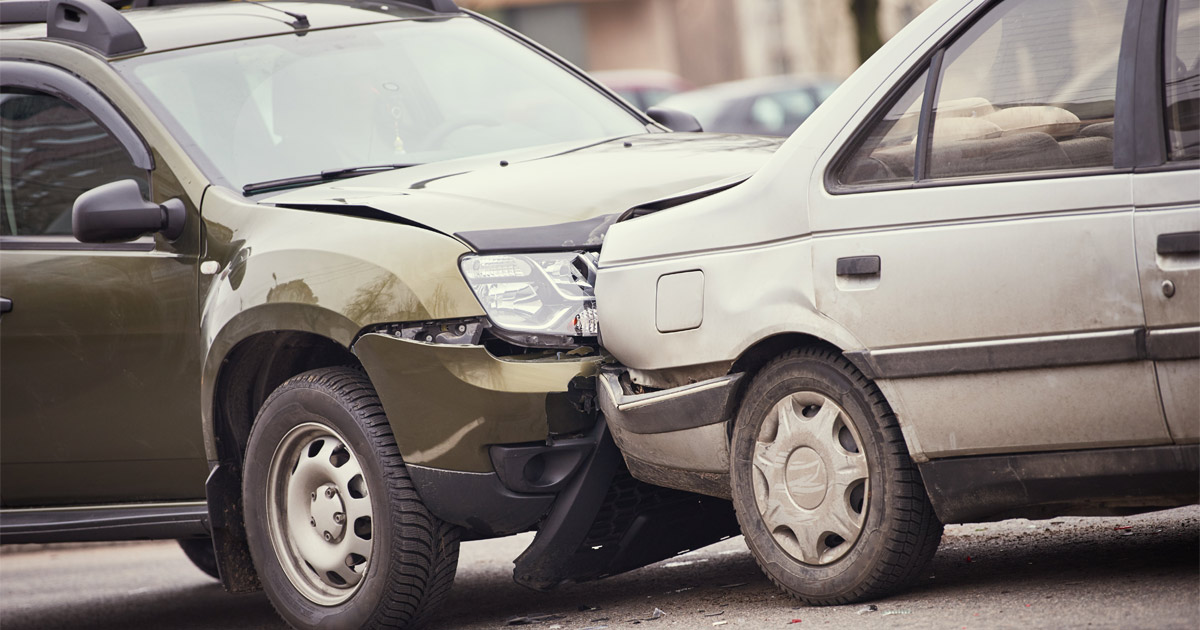How Dangerous Is Tailgating?
March 12, 2024
A car traveling at 60 miles per hour takes 268 feet to come to a complete stop. Even if a car travels at a lower speed, the driver behind cannot come to an instantaneous stop. It takes time to apply the brakes and slow the car down. Drivers cannot stop on a dime, no matter what.
The driver must allow sufficient following distance between them and the car in front. Generally, the rule of thumb has been to allow one car length of the following distance for every ten miles per hour. According to the National Safety Council, the safe following distance is three seconds.
Tailgating Does Not Give a Driver Enough Time to Stop
When drivers tailgate, they reduce the time they have to respond to any challenges in front of them. They become entirely dependent on what the driver in front of them does. The lead car driver may not see a stop sign or car stopped in front of them until late, and they may need to jam on their brakes. When that happens, the tailgating car will strike the vehicle in front of them. The accident may not have been the driver’s fault, who had to stop quickly.
Some Drivers Tailgate Recklessly
Tailgating can be much more than negligence. If a driver excessively tailgates, they may even be stopped for reckless driving. It would be up to the officer who stops the driver to decide whether they should be charged with careless driving. Motorists are more likely to be charged with reckless driving when tailgating is done because of road rage.
If you are being tailgated on the road, it is not worth a contest with the driver. You are best off when you can exit the lane and allow the driver to get past you. It is hazardous to have a driver on your back bumper, even when there is nothing that you can do about it.
Tailgating Causes Rear-End Car Accidents and Multi-Car Pileups
Tailgating raises the risk of a rear-end car accident. If the car in front stops unexpectedly, the tailgating driver has little opportunity to brake in time to avoid an accident. The crash could be severe if the tailgating driver does not try to stop at all. The front car driver may sustain severe injuries in the accident.
Rear-end car accidents often lead to multi-car pileups on the road. On a highway, rear-end car accidents can cause a chain reaction crash because other drivers cannot stop in time.
Rear-End Car Accidents Can Cause Serious Injuries
Rear-end car accidents are the most common type of crash on the road. Do not make mistakes common for minors. If you have been struck in a rear-end accident, you may suffer from whiplash. This type of injury occurs when your head snaps forward while the rest of your body remains still. You could suffer severe head and neck injuries. Part of the danger of whiplash is that the injuries are not apparent at the time of the accident. They may grow worse over time, especially when they are left untreated.
Usually, the driver that strikes the front car is to blame for a rear-end car accident.
Contact a Maryland Car Accident Lawyer at LeViness Tolzman & Hamilton
If you have been injured in a rear-end crash, get legal help from a Maryland car accident lawyer at LeViness Tolzman & Hamilton. You can schedule a free initial consultation by calling us today at 800-547-4LAW (4529) or contacting us online.
We have offices in Baltimore, Glen Burnie, Lanham, and Owings Mills, allowing us to represent clients in Maryland, including those in Anne Arundel County, Baltimore County, Carroll County, Harford County, Howard County, Montgomery County, Maryland’s Western Counties, Prince George’s County, Queen Anne’s County, Southern Maryland, and the Eastern Shore, as well as the communities of Catonsville, Essex, Halethorpe, Middle River, Rosedale, Gwynn Oak, Brooklandville, Dundalk, Pikesville, Nottingham, Windsor Mill, Lutherville, Timonium, Sparrows Point, Ridgewood, and Elkridge.

